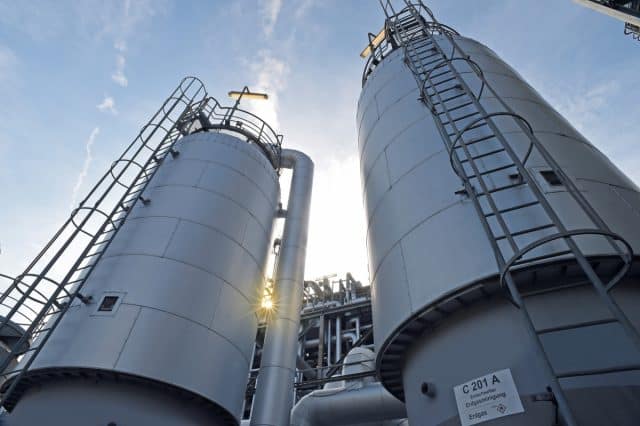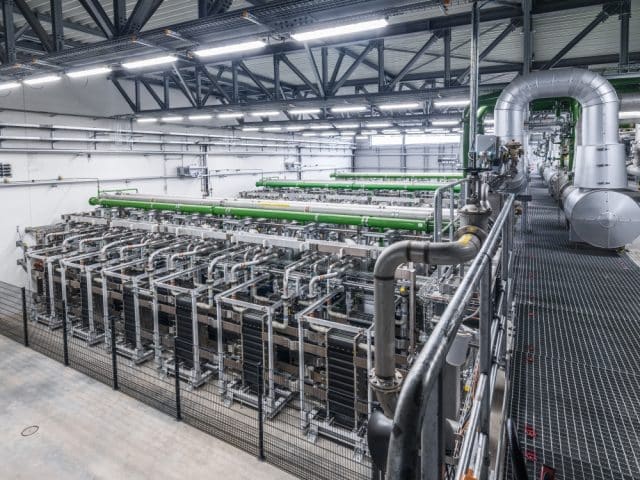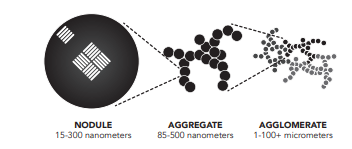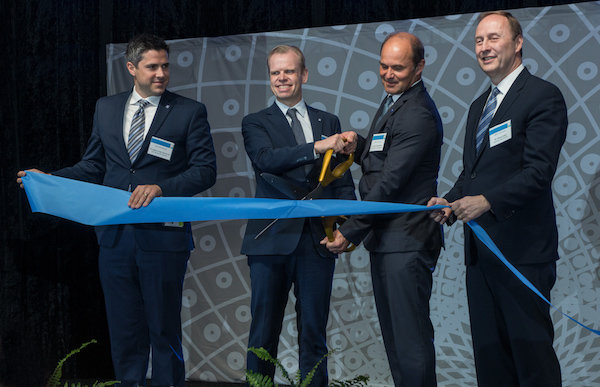BASF has launched a new renewable ammonia product to its customers. The product launch comes shortly after the company deployed a 54 MW PEM electrolyser at its Ludwigshaven manufacturing site for renewable hydrogen production.
Content Related to BASF
Article
BASF: 54 MW electrolysis capacity now online at Ludwigshafen
Geofrey Njovu March 27, 2025
BASF’s new 72-stack electrolyser will produce about 8,000 tons per year of renewable hydrogen for use as a feedstock in the company’s production facilities.
Article
BASF, Evonik: “biomass-balanced” ammonia for polyamide products
Julian Atchison October 16, 2024
BASF has successfully delivered its first shipment of BMBcertTM grade ammonia to Evonik. Produced via a “biomass balanced approach”, the ammonia will be used by Evonik to manufacture a range of products, including resins, paints, shoe soles, and gas pipes.
Article
The Ammonia Wrap: two new large-scale ammonia projects in the UAE and more
Julian Atchison May 26, 2021
Welcome to the Ammonia Wrap: a summary of all the latest announcements, news items and publications about ammonia energy. This week: two new large-scale ammonia projects in the UAE, RWE, BASF combine for 2 GW "Offshore-to-X" project, green ammonia exports from Tasmania, coal co-combustion trials in Japan, Japanese shipping industry chases decarbonisation, South Korean companies join together in local green ammonia consortium, new funding for ammonia-from-wastewater research and Horisont Energi and Equinor join forces for the Polaris project.
Article
Methane splitting and turquoise ammonia
Cedric Philibert May 14, 2020
Most hydrogen today is produced from fossil fuels – steam methane reforming of natural gas, partial oxidation of coal or oil residues – and entails large CO2 emissions. This fossil hydrogen can be called “grey hydrogen”. Or sometimes, brown. The same color scheme applies to the ammonia produced from it, so we have “grey ammonia.” Or brown ammonia, your call. The exact carbon footprint depends on the fuel used and the efficiency of the facility, so you could easily identify many shades of grey. There is, however, another option to deliver clean hydrogen – and now another colour: turquoise, or green-blue (or blue-green). This is the colour of hydrogen from methane pyrolysis, a process that directly splits methane into hydrogen and solid carbon. Instead of being a waste, like CO2, that must be disposed of safely, solid carbon is potentially a resource.
Article
Yara and BASF open their brand-new, world-scale plant, producing low-carbon ammonia
Trevor Brown April 27, 2018
The newest ammonia plant on the planet has opened in Freeport, Texas. A joint venture between Yara and BASF, this world-scale ammonia plant uses no fossil fuel feedstock. Instead, it will produce 750,000 metric tons of ammonia per year using hydrogen and nitrogen delivered directly by pipeline. The plant's hydrogen contract is structured so that the primary supply is byproduct hydrogen, rather than hydrogen produced from fossil fuels, and therefore the Freeport plant can claim that its ammonia has a significantly reduced carbon footprint. This new ammonia plant demonstrates three truths. First, low-carbon merchant ammonia is available for purchase in industrial quantities today: this is not just technically feasible but also economically competitive. Second, carbon intensity is measured in shades of grey, not black and white. Ammonia is not necessarily carbon-free or carbon-full, but it has a carbon intensity that can quantified and, in a carbon-constrained economy, less carbon content equates to higher premium pricing. Third, the ammonia industry must improve its carbon footprinting before it can hope to be rewarded for producing green ammonia.





